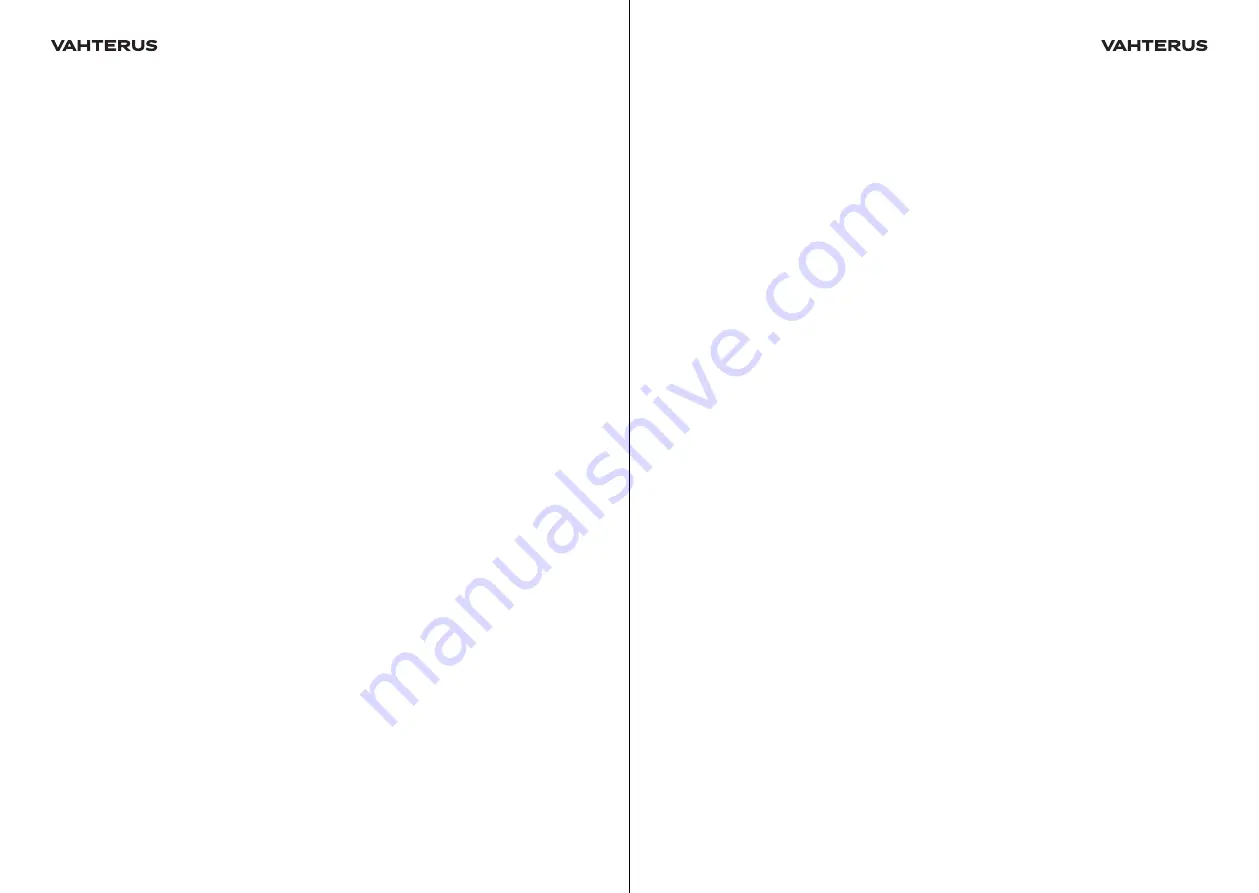
16
17
2.2.2 Steam Application (Condensers)
The pipelines should be manufactured according to best steam flow manufacturing
practices. In steam applications the unit is placed horizontally to prevent condensate
from remaining on the surface of the plates. It is recommended that, where necessary,
a steam trap (drain) is installed in front of and behind the heat exchanger and a droplet
separator in front of it. The separator in front of the exchanger should be installed be-
fore the valve. This will prevent condensate from accumulating behind the valve.
When the water vapour is on the shell side, the heat exchanger is provided with a striker
plate, which is welded to the HOT IN connection to prevent water hammer. However,
additional measures should be taken to prevent water hammer in the heat exchanger.
WARNING!
When the valve is closed, condensate might accumulate in the steam pipeline if no
attention has been paid to drainage. When the valve is opened, accumulated water
passes into the heat exchanger at high speed, possibly resulting in mechanical damage.
NB
If the exchanger is operating in a partial vacuum or if the pressure on the steam side is
able in some cases to lower the pressure on the condensate side, the use of a conden-
sate pump should be considered.
When a condensate side control is being used, the condensation temperature on the
hot side must be no higher than the evaporating temperature on the cold side; e.g. if
there is water on the cold side, the pressure of the steam must be lower than the pres-
sure of the water, to prevent the water from boiling.
2.3 Insulation
If the temperature on the shell side is below -10°C or above 65°C, insulation is recom-
mended to avoid burns or frostbite.
2.4 Pressure test
All PSHE units have been pressure-tested, as follows:
a)
all plate packs – leak test (pneumatic pressure test under water)
b)
whole unit – hydraulic pressure test
If you need to perform a pressure test prior to using the heat exchanger, the test pres-
sure is given on the Technical Data sheet and on the nameplate.
The pressure should be increased slowly to prevent pressure schocks. During man-
ufacturing, in certain cases water is not an acceptable pressurising medium for the
media (refrigerant or oils) in the user’s process, so the pressure test is waived and an
additional NDE is carried out on the welds.
























